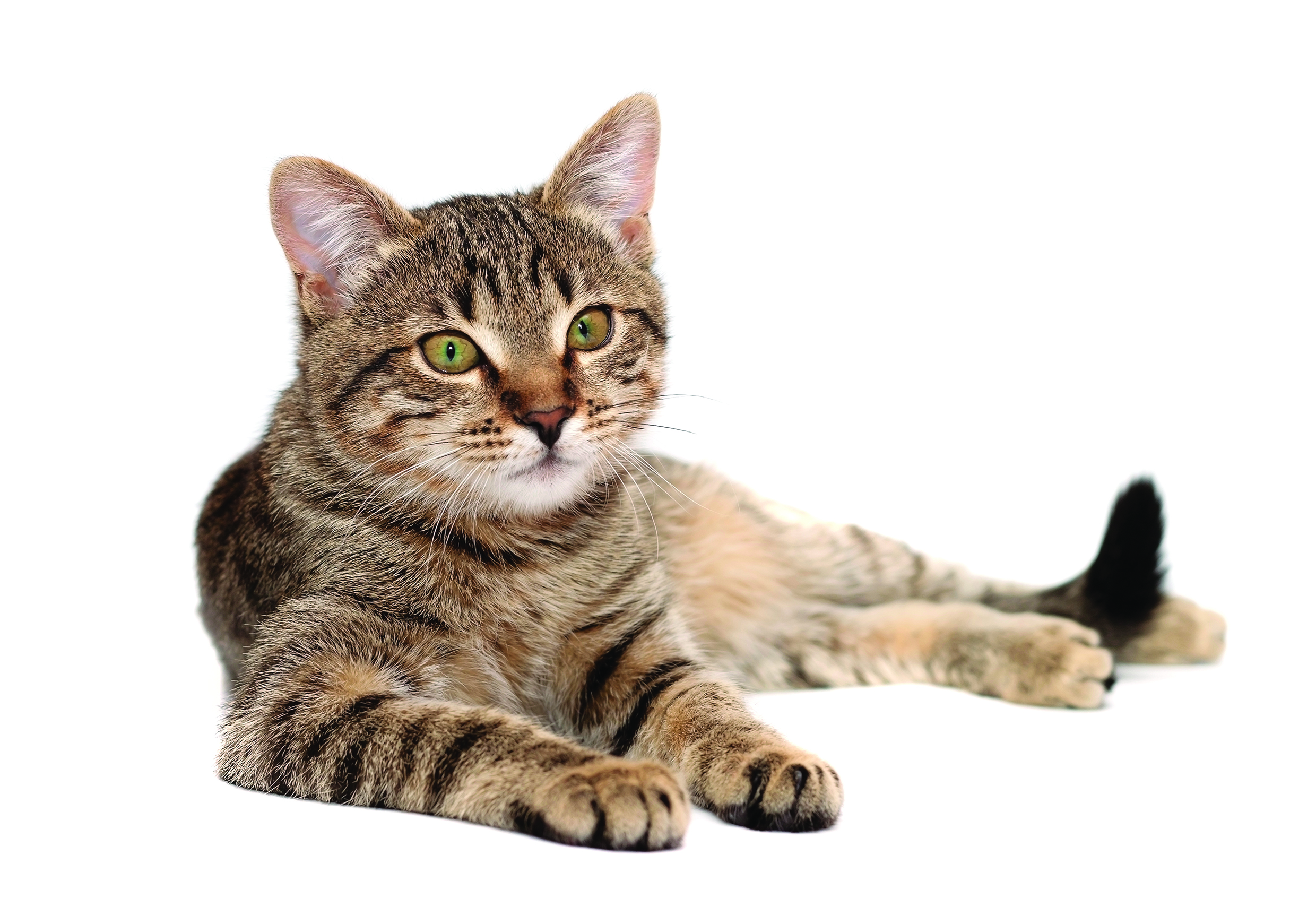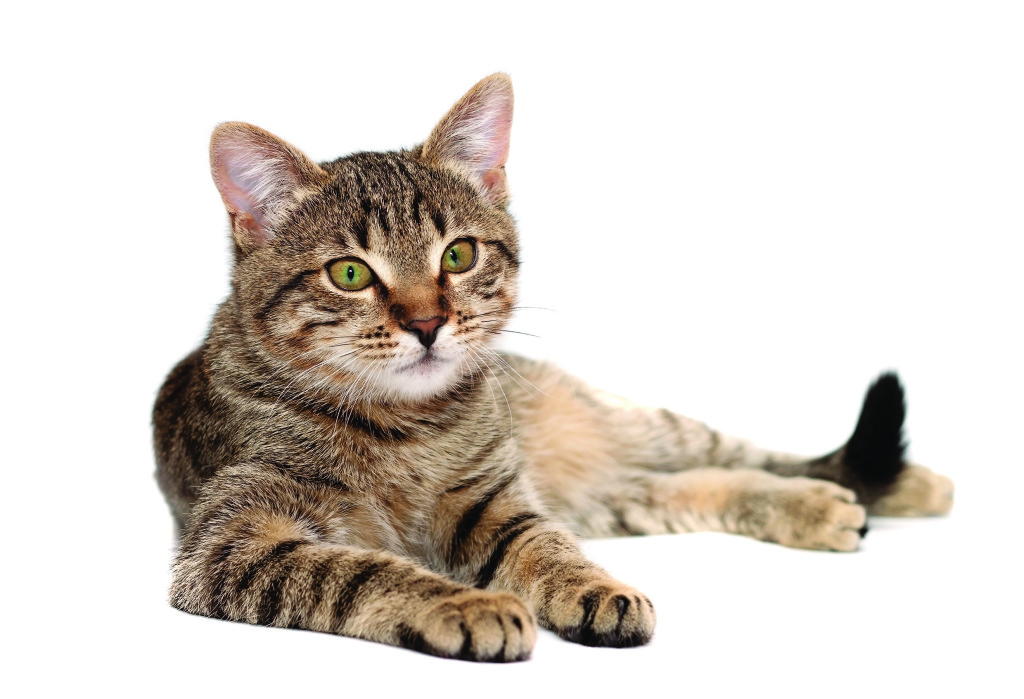Most of us tend to view cats as untrainable creatures, utterly independent, only doing what they want when they want. As the old adage goes, ‘dogs have owners; cats have staff’. However, evidence is emerging that cats are trainable and it may well be in the cat owner’s interests to give it a go.
Owners should first recognise that you cannot train a cat the way you might a dog. Cats evolved from a solitary species and consequently learn in a different way. Dogs are highly social so their need to be part of the group overrides the negative effects of social punishment and they always look for ways to please us. A cat cannot learn this way. Treat them mean, with verbal chastisement or even water sprays and they’ll just hate you and either avoid you like the plague or lash out with claws and teeth.
Nonetheless, like the majority of animals, cats do learn rather well from reward. By identifying and manipulating access to things your cat enjoys and values, you can increase certain behaviours and you may even be able to eradicate behaviours you’d prefer your cat not to do.
Although technically you can train many cats to walk on a lead, to ‘sit’, ‘stay’ or even toilet on top of the loo, a bigger and better purpose is to enrich your cat’s life. Key things to train might include teaching your cat to relax and settle- invaluable if you have a nervy, angry or anxious cat. Stress can be a major driver behind inappropriate feline aggression, spraying or furniture scratching.
Another training plus might be getting your cat to voluntarily get into its cat carrier. For many felines the dreaded carrier signals a trip to the vet preceded by a period where their owners appear to turn into creepy hunter/predators, as they stalk their pet around the house, sometimes for hours.
When thinking about unwanted behaviours owners need to understand that certain instinctive behaviours can never be eradicated. The hunting instinct is innate, you cannot stop it but you can channel it away from live furries into suitable games with special toys (see my earlier article, How to hunt with your cat). Cats that pounce on, bite or scratch human hands and feet may not be getting enough play. Cats can also get over excited (aroused) quite easily and are then also inclined to bite or scratch, so any training/play sessions should be kept short and curtailed when early signs of excitement arise.
To train your cat to go into his cat carrier first arm yourself with rewards. For most cats high protein treats work best -tiny bits of cooked chicken or prawns. Have the carrier out and open. Toss treats into the carrier to entice your pet. Once inside simply continue to toss treats to your cat, giving a tongue click just before you toss each goodie. Your puss will begin to learn that the tongue click signals reward. If your cat gets out just stop the treats immediately. You can now begin to build up time puss spends in the carrier by prolonging the duration between each click and treat. After training sessions, put the carrier away. You will get to a point where your cat rushes to get inside the carrier each time it appears. Now start putting the carrier in different places and build the time your cat spends inside each time- eventually moving the carrier out into the car.
Bear in mind that ease of training will depend on the age and personality of each cat. Shy, older cats will generally take longer to train. A respected animal trainer once told me that cats do not like to be observed practising a ‘new’ skill but prefer to ‘develop their chops’ in private. I am not sure about that, but it does seem that cat training can significantly improve the cat human bond and feline welfare.
For more information on cat training see The Trainable Cat by John Bradshaw and Sarah Ellis
Leonie St Clair
www.londondogstraining.co.uk
This article first appeared in the November 2016 issue of SE22 magazine.


